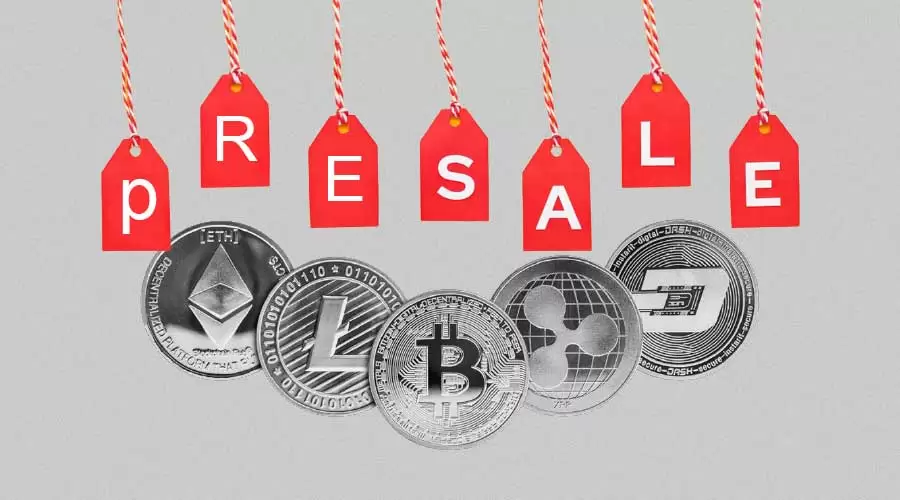Crypto game theory – First mover advantages in token presales

The pre-sale of crypto tokens represents a fascinating intersection of behavioural economics, game theory, and financial markets. In a presale, the project developers sell a portion of the total token supply, usually at a discount, to early backers before the main crowd sale. It creates an interesting set of incentives and strategies around being an early or late participant.
First mover advantage for buyers
Being an early buyer in a presale event provides significant advantages that disappear over time. The main benefit is the ability to acquire tokens at a lower price before the hype and awareness build. For example, buying ETH in 2015 at $.10 would have netted a 1000x return on investment versus buying at the height of the bubble in 2017. It works because presales allow you to front-run the crowds and are generally structured to offer lower pricing to early participants as an incentive. How to Buy RETIK in the Presale? Sign up on the official RETIK website or designated platform to participate in the presale event.
The other major advantage is accumulating a larger share of the token supply. If high demand for a token emerges later, an early buyer could own a significant portion of the fixed supply. For tokens implementing staking and governance, it allows early buyers to have outsized voting power and influence over the direction of the project. The combination of lower prices and higher ownership stake means first movers capture more of the value creation versus those who buy later.
Information cascades
There are interesting information cascade effects that develop during the presale process. Early buyers have to rely more on their research and belief in the project’s potential because there is less public information available. As more participants join, more information about token demand is revealed through the market price. It influences later buyers by signaling whether earlier participants found the token attractive. Herding tendencies also emerge as buyers benchmark against what others are doing. If the presale raises a high amount quickly, it demonstrates social proof that might compel fence-sitters to join so they don’t miss out. It reinforcing dynamic fuels a sense of urgency and scarcity as the remaining supply gets purchased.
Signaling games
Presales involve elements of signaling games between the development team and potential buyers. The developers must signal that their project is high quality and worth funding. It is done by showcasing the credentials of the team, relationships with institutions, showing work effort and progress to date, and conducting transparent communication. Buyers must also signal their credibility and long-term commitment to the project. Reduces the risk they will quickly “flip” their tokens and improve the chances of getting an allocation. Signals like participating in the community, providing feedback and promoting the project demonstrate engagement beyond just financial interests.
Whales vs. Minnows
Presales need to strike a balance between allocating tokens to “whales” who buy large amounts and smaller “minnow” buyers. Institutions or wealthy individuals act as anchors for the raise by purchasing huge allocations. Spreading the supply across many smaller buyers creates a broader base of engaged community members to drive future development and decentralization. Too much concentration risks later price volatility if the whales decide to sell. But excluding smaller buyers altogether means missing out on their collective contributions.
